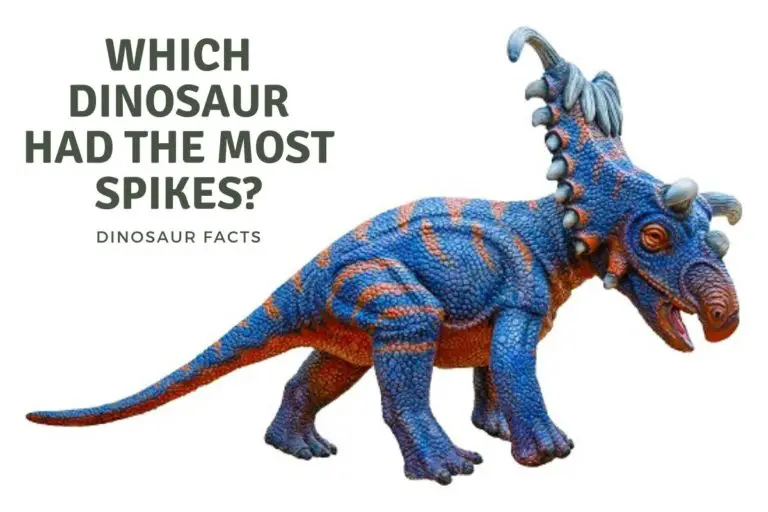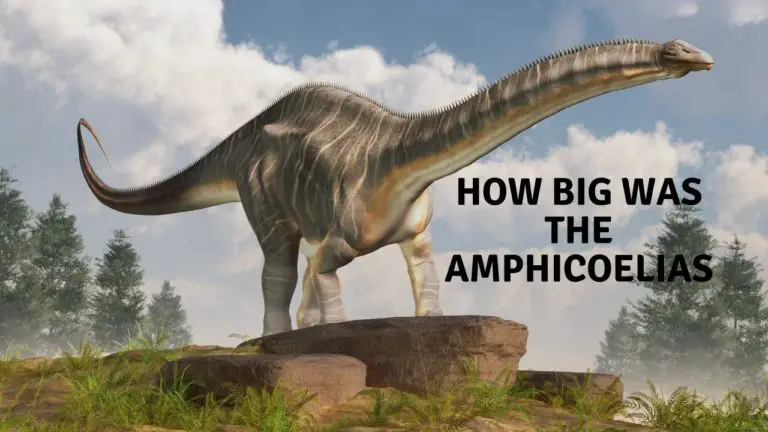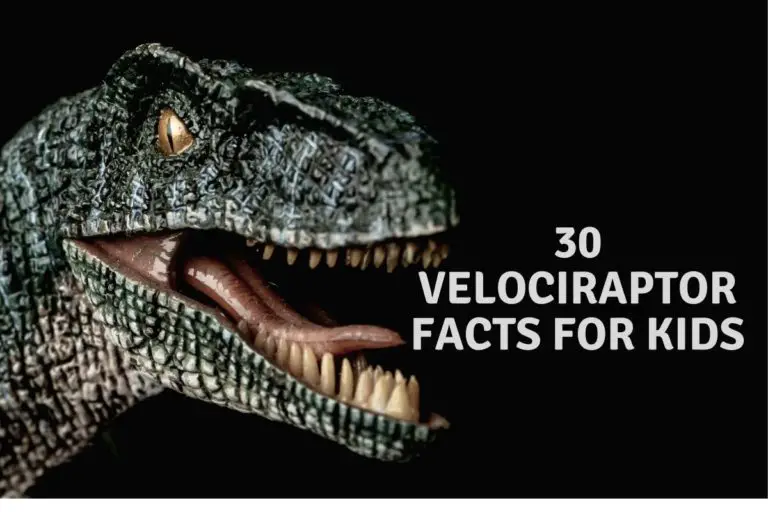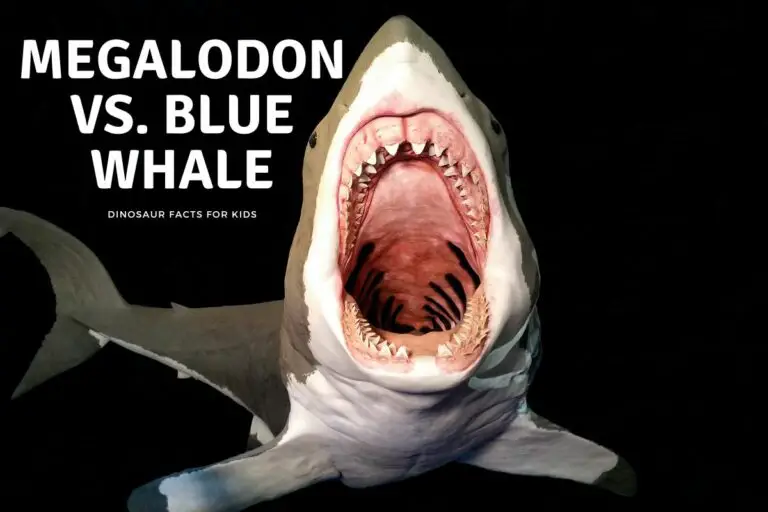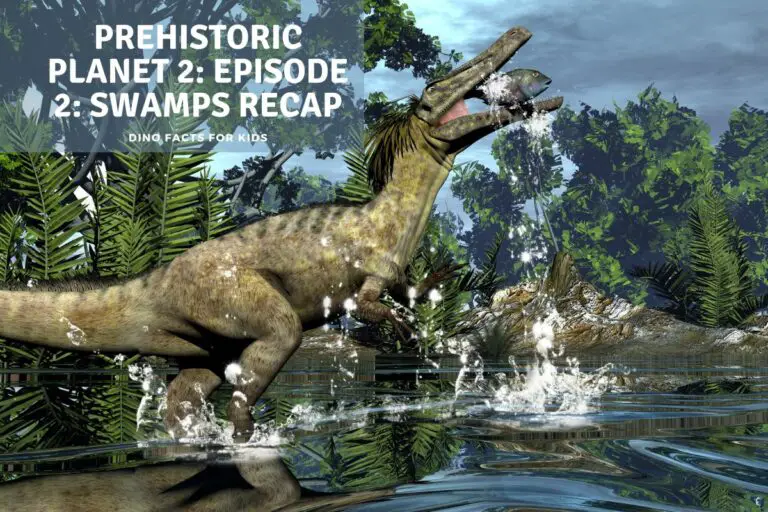Are Dinosaurs Just Big Birds?
When we consider the image of a dinosaur, we often imagine giant, terrifying creatures that roamed the Earth millions of years ago. It seems a little strange to compare them with our present-day feathery friends, the birds. Yet, it is a common theory, and accepted truth, that there is an intriguing link between the dinosaurs and birds.
Dinosaurs were not just ‘big birds.’ Birds are a unique branch of the dinosaur family tree that survived extinction. Evidence suggests they evolved from theropod dinosaurs, sharing physical and behavioral traits. So, while not ‘just big dinosaurs,’ birds are indeed modern dinosaurs.
This article will look at if dinosaurs were just big birds and look at the similarities and differences between the two.

Evolutionary Link Between Dinosaurs and Birds
The idea that birds are living dinosaurs might sound bizarre at first. Nevertheless, paleontologists have been piecing together this evolutionary puzzle for decades. A crucial piece that substantiates this claim is the Archaeopteryx lithographica, a fossil discovered in the late 19th century.
This creature, roughly the size of a crow, possessed both dinosaurian traits like sharp teeth and a long bony tail, and avian characteristics, like feathered wings.
Further discoveries of feathered dinosaur fossils, especially in China’s Liaoning Province, have provided more compelling evidence. These fossils exhibit an impressive array of feathers, from simple hair-like filaments to complex, flight-capable structures, similar to modern birds. Some of which we even know the color of!
The transition from dinosaurs to birds likely occurred gradually over millions of years, with dinosaurs developing feathers for reasons other than flight initially, such as insulation or courtship displays.
Moreover, genetic studies have discovered shared DNA sequences between birds and dinosaurs, reinforcing the evolutionary link.
Understanding this connection is not merely about tracing birds’ lineage but about understanding the evolutionary mechanisms that have shaped life on Earth.
Biological Similarities Birds and Dinosaurs
When we examine the biological characteristics of birds and dinosaurs, we find numerous similarities.
One such similarity lies in their skeletal structure. Birds possess a hollow, lightweight bone structure that allows them to fly. Interestingly, many dinosaur species, particularly theropods from which birds are believed to have evolved, also exhibited a similar hollow bone design.
Feathers, typically associated with birds, were also prevalent among dinosaurs. As seen in species such as the Velociraptor and Yutyrannus, these feathers were likely used initially for insulation, display, or possibly even egg protection rather than flight.
The evolution of flight probably came later as a secondary function, opening up new ecological niches to these feathered creatures.
At a genetic level, studies have found shared DNA sequences between birds and certain dinosaur species. This genetic overlap supports the theory of a common ancestral link, providing compelling evidence that the creatures we now call birds are, in essence, modern dinosaurs.
Behavioral Similarities Birds and Dinosaurs.
The link between dinosaurs and birds extends beyond physical characteristics and into the realm of behavior.
Fossil evidence suggests that many dinosaurs, like birds, were social creatures. They lived in groups, possibly hunting or migrating together. Additionally, dinosaurs seem to have exhibited complex mating displays, much like modern birds, suggesting an early form of communication.
Nesting behavior, another characteristic associated with birds, was also present in dinosaurs. Some dinosaur fossils have been found in nesting positions, like Mei Long, Oviraptor and Maiasaura suggesting they laid eggs and cared for their young, similar to many (though not all) modern bird species.
These behavioral similarities also are evidence that birds and dinosaurs are distantly related. More than hinting at a continuous thread of evolution connecting these two seemingly distinct groups.
Bird-Like Dinosaurs
Case studies of specific dinosaur species further highlight the connection between dinosaurs and birds. Let’s consider the Velociraptor, a dinosaur famed in pop culture due to its portrayal in Jurassic Park. Although it these movies it was larger and much less birdlike. A more accurate portrayal is in prehistoric Planet with David Attenborough.
This species, part of the group called dromaeosaurids, exhibited distinctly bird-like characteristics. Fossil evidence has revealed the presence of quill knobs on its forearm, similar to those seen in modern birds, indicating it had feathers, it also laid eggs, and is currently though to live in groups ( like a flock maybe)
Next, we have the Tyrannosaurus Rex, one of the most iconic dinosaur species. Interestingly, it’s a part of the coelurosaur group of theropod dinosaurs, the same group birds evolved from.
While it might be difficult to picture a T-Rex with feathers, recent studies suggest it likely had some form of feathering, at least in its early life stages. It also may have lived in small family groups, all research continues on this and we have an article on if T-Rex hunted in packs. – A flock of T-Rex is a terrifying thought!
Lastly, examining current flightless birds such as ostriches and emus helps bridge the connection between birds and dinosaurs. Their large, powerful legs and size draw clear parallels to dinosaur anatomy, offering living proof of their shared heritage. You can check out the foot of an Ostrich below! Look like anything you may have seen in the movies!

The Great Debate: Are Dinosaurs Birds?
Are dinosaurs merely ancient, extinct big birds, or do these two groups stand apart? This question has intrigued scientists and the general public alike, sparking lively debates in scientific circles.
Those arguing that birds are, indeed, dinosaurs highlight the abundant fossil evidence showcasing shared physical and behavioral traits. They also point to genetic overlap as proof of a common lineage.
These advocates suggest that we should view birds not as descendants of dinosaurs but as modern-day dinosaurs, continuing a lineage that stretches back to the Mesozoic Era.
However, critics argue that while there is a clear evolutionary link between the two, categorizing dinosaurs as big birds oversimplifies the complex process of evolution. Are humans apes for example?
They emphasize that numerous differences exist, such as birds’ ability to fly, their unique respiratory system, and their beaks replacing dinosaurian jaws and teeth.
Despite these disagreements, the consensus in the scientific community leans towards acknowledging the unique relationship between birds and dinosaurs.
The exact classification might be a matter of semantics, but the fascinating connection between these two groups offers a stunning insight into the long-term, gradual processes that shape the evolution of life on our planet.

Our thoughts on Are Dinosaurs Just big birds.
While here at Dinosaur facts for kids we are not tenured professors of paleontology, we do have a researched opinion on this and although the link between the two – Dinosaurs and Birds – is to our mind unquestionable on current information we do not think that Dinosaurs were just big birds.
While there are similarities behaviorally, genetically, and even in appearance the same can be said about humans and great apes. We share traits but we are different species, just like a dog and a wolf are related or even a lion and a house cat, there is a shared lineage but it evolved to become something different, to adapt to its time and environment.
Big birds, Small birds, flightless birds, pet birds are not dinosaurs in our opinion, they are jsut the closest thing we have living to them. ( sorry to all the crocodile fans out there!)
Impact of this Connection on Paleontology and Ornithology
The connection between dinosaurs and birds has profound implications on both paleontology and ornithology. It has transformed our understanding of dinosaur biology, behavior, and evolution.
- For instance, knowing that dinosaurs had feathers and exhibited bird-like behavior can reshape how we reconstruct and interpret dinosaur lifestyles.
- For ornithology, this connection sheds light on bird evolution, providing insight into how certain traits developed over time.
Recognizing birds as a living lineage of dinosaurs adds depth to our understanding of bird diversity and adaptations. It underscores the importance of conservation, as preserving bird species may provide crucial data for understanding our planet’s prehistoric past.
Conclusion
While dinosaurs may not be “just big birds” in a literal sense, they undeniably represent a remarkable branch of the dinosaur family tree that managed to survive and thrive.
The sight of all the hundreds of species of birds goes a long way to reminding us that the creatures of the past continue to live among us, in every chirp and flutter of wings in the sky.
References
- https://www.earth.com/earthpedia-articles/are-birds-dinosaurs/
- https://www.nhm.ac.uk/discover/why-are-birds-the-only-surviving-dinosaurs.html
- https://www.birdlife.org/news/2021/12/21/its-official-birds-are-literally-dinosaurs-heres-how-we-know/
Hi, I am Roy Ford a General Studies and English Teacher who has taught all over the world. What started as a fossil collection became a great way to teach, motivate and inspire students of all ages and all over the world about dinosaurs and from that and children’s love of dinosaurs came the site dinosaur facts for kids, a resource for all ages.

